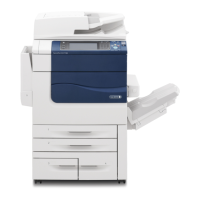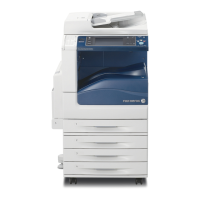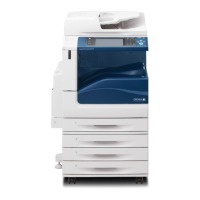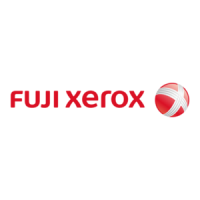16 Appendix
716
Appendix
16
Notes and Restrictions for Using Bonjour
This section describes notes and restrictions to observe when using Bonjour.
Supported Environment for Bonjour
Bonjour is available on Printer Setup Tool (Print Center, Printer Setup Utility) of Mac
OS X 10.3.9, 10.4.11, 10.5, or 10.6, or Macintosh computers that use Safari. The
Discovery feature of Bonjour is available only within the same subnet.
Printer Name
z
If you change a printer name or a host name that is already assigned, documents
may be printed by a printer that is not selected.
z
If a printer name or a host name is duplicated on the same network, one of the
duplicated names is automatically changed by adding a number to avoid duplication.
z
If you change a printer name or a host name, because of the limitation on the number
or type of characters used, a name differing from the designated name may be
assigned. We recommend that you not change printer names or host names.
Notes and Restrictions for IPv6 Connection
This section describes notes and restrictions to observe when using IPv6 connection.
z
Printing via IPv6 supports the following versions of the operating systems.
-Windows Vista
-Windows 7
- Windows Server 2008
- Windows Server 2008 R2
- Linux distribution that Common Unix Printing System supports IPv6 and is
printable
z
IPv6 does not support the following protocols:
- NetWare IP
- UPnP Discovery
z
Some features of SMB are not supported (If you attempt to use services with a
NetBIOS name, communication may not be available in some environment).
z
IPv6-in-IPv4-tunneling in the machine itself is not supported.
Important • If [IP Mode] is set to [IPv6 Mode], the IPv6-inIPv4-tunneling cannot be performed.
z
If more than one router exist in the same subnet, a communication error may occur.
z
In a dual stack environment, some services may cause performance problems
depending on the network settings (for example, when you attempt to set the
machine to prioritize IPv6 in an environment where the Web server is started with
IPv4).
z
In a multi-prefix environment (where multiple IPv6 global addresses are used), data
transmission from the machine to a device installed on another network may fail.
z
In a multi-prefix environment (where multiple IPv6 global addresses are used), an
address that is not assigned to the machine may be used for communication.
z
The machine may be assigned an unavailable address, such as site local addresses
(fec0::) or the documentation prefix (2001:db8::/32), as an autoconfigured IPv6
address or as an IPv6 DNS server address.

